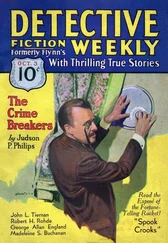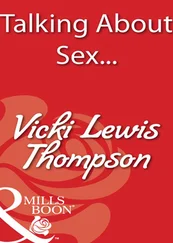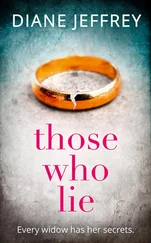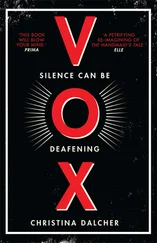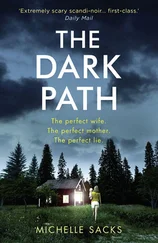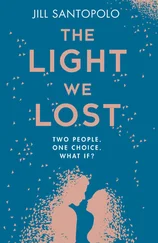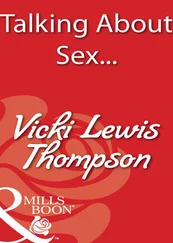The first rule is interesting. Certainly a proper regard to structure and balance would suggest that the murderer should make an appearance comparatively early in the story, but a demand that this should be no later than two-thirds of the way through the narrative seems unduly restrictive. Some novelists like to begin either with a murder or with the discovery of the body, an exciting and shocking beginning that not only sets the mood of the novel but involves the reader immediately in drama and action. Although I have used this method with some of my novels, I have more commonly chosen to defer the crime and begin by establishing the setting and by introducing my readers to the victim, the murderer, the suspects, and the life of the community in which the murder will take place. This has the advantage that the setting can be described with more leisure than is practicable once the action is under way, and that many of the facts about the suspects and their possible motives are known and do not have to be revealed at length during the course of the investigation. Deferring the actual murder, apart from the build-up of tension, also ensures that the reader is in possession of more information than is the detective when he arrives at the scene. It is an inviolable rule that the detective should never know more than the reader, but there is no injunction against the reader knowing more than the detective-including, of course, when a particular suspect is lying.
With his rule that the reader should not be allowed to follow the murderer’s thoughts, Mon-signor Knox raises one of the main problems in writing mystery fiction. In an introduction to an anthology of short stories published in 1928, Dorothy L. Sayers confronted this difficulty, which still challenges detective novelists today. Miss Sayers did nothing in her life by halves. Having decided to earn some much-needed money by writing detective fiction, she applied her mind to the history, technique and possibilities of the genre. Being highly intelligent, opinionated and combative, she had no hesitation in giving other people the advantage of her views. Not surprisingly, it is Sayers to whom we frequently look for an expert view on the problems and challenges of writing detective fiction in the Golden Age. She wrote:
It does not-and by hypothesis never can-attain the loftiest level of literary achievement. Though it deals with the most desperate effects of rage, jealousy and revenge, it rarely touches the heights and depths of human passion. It presents us only with a fait accompli and looks upon death and mutilation with a dispassionate eye. It does not show us the inner workings of the murderer’s mind; it must not, for the identity of the murderer is hidden until the end of the book.
If the detective story is to be more than an ingenious puzzle, the murderer must be more than a conventional cardboard stereotype to be knocked down in the last chapter, and the writer who can solve the problem of enabling the reader at some point to share the murderer’s compulsions and inner life, so that he becomes more than a necessary character to serve the plot, will have a chance of writing a novel which is more than a lifeless if entertaining conundrum.
The majority of the Golden Age novels are at present out of print, but the names of the most popular still resonate; their crumbling paperbacks can still be seen on the racks of secondhand bookstores or in private libraries where their owners are reluctant finally to dispose of old friends who have given so much half-remembered pleasure. Those writers who are still read have provided something more than an exciting and original plot: distinction in the writing, a vivid sense of place, a memorable and compelling hero and-most important of all-the ability to draw the reader into their highly individual world.
The omni-talented amateur with apparently nothing to do with his time but solve murders which interest him has had his day, partly because his rich and privileged lifestyle became less admirable, and his deferential acceptance by the police less credible, in an age when men were expected to work. Increasingly the private eye had a profession, or occasionally some connection with the police. Doctors were popular and were usually provided with some idiosyncratic hobby or habit, an interest for which they had plenty of time since we rarely saw them with a patient. Among the most popular was H. C. Bailey’s detective Reggie Fortune, MA, MB, BSc, FRCS, who first appeared in 1920 in Call Mr. Fortune . Reggie is a weighty character in both senses of the word, a gourmet, the husband of an exceptionally beautiful wife and a doughty defender of the weak and vulnerable, particularly children. Occasionally his concern as a social reformer in these fields tended to override the detective element. His whimsicality and distinctly odd elliptical style of speaking could be irritating, but the fact that he featured in ninety-five detective stories, the last published in 1946, is a measure of his readers’ loyalty.
Perhaps the most eccentric doctor detective of the interwar years is Dame Beatrice Adela Lestrange Bradley, Gladys Mitchell’s psychiatrist who first appeared in 1929 in Speedy Death . Thereafter Miss Mitchell published a book a year, sometimes two, until 1984. Dame Beatrice was a true original: elderly, bizarre in dress and appearance, with the eyes of a crocodile. Professionally she was highly regarded, despite the fact that her methods seemed more intuitive than scientific, and although we are told she was consultant to the Home Office it is not clear whether this entailed treating any home secretary whose peculiarities were causing concern, or involving herself with convicted criminals, which seems equally unlikely. In either case she had plenty of time to be driven round the country in style by George, her chauffeur, and to involve herself in such interests as Roman ruins, the occult, ancient Greek mysticism and the Loch Ness Monster. There are frequent allusions to her mysterious past-a distant ancestor was apparently a witch-and she was much given to conclusions which seem to owe more to her esoteric knowledge than to logical deduction. Like Reggie Fortune, she had a maverick attitude toward authority. I remember enjoying the best of the novels because of Miss Mitchell’s style, although I frequently found the stories confusing and occasionally yearned for the rationality which surely lies at the heart of detective fiction.
Three writers whose books have deservedly lasted beyond the Golden Age and can still be found in print are Edmund Crispin, Cyril Hare and Josephine Tey Each had a profession apart from writing, and each produced one book which has generally proved the favourite among their work. Edmund Crispin, following his time at St. John’s College, Oxford, where he was part of the generation which included Kingsley Amis, spent two years as an organ scholar and choirmaster. Like many other detective writers, he made excellent use of his personal experience, both of Oxford and of his career as a musician. His hero is Gervase Fen, Professor of English Language and Literature at St. Christopher’s College, who made his appearance in 1944 with The Case of the Gilded Fly . Gervase Fen is a true original, a ruddy-faced man with unruly hair, much given to witticisms and, appropriately enough, quotations from the classics, who romps through his cases with infectious joie de vivre in books which are genuinely very funny We meet his wife, Dolly, a placid comfortable lady who sits peacefully knitting, apparently undisturbed by her husband’s propensity for investigating murder, and who takes no part in his adventures, contenting herself by reminding him not to wake the children when he returns home. We learn nothing of the sex of these children and are only surprised that Professor Fen has found the time and energy to father them. He seems to be rarely inconvenienced by academic duties and in one book, Buried for Pleasure (1948), he becomes a parliamentary candidate, narrowly escaping what for him would have been the inconvenience of being elected. Crispin’s most ingenious book is generally regarded as The Moving Toyshop (1946), which begins when the young poet Richard Cadogan, arriving late at night in Oxford, casually opens an unlocked door and finds himself in a toyshop with the dead body of a woman on the floor. Reasonably, he summons the police, but they arrive to find no toyshop and no corpse. Fen joins forces with Cadogan and they clatter through Oxford in Fen’s old car, “Lily Christine,” causing maximum damage and disturbance to the populace in their determination to solve the mystery.
Читать дальше


